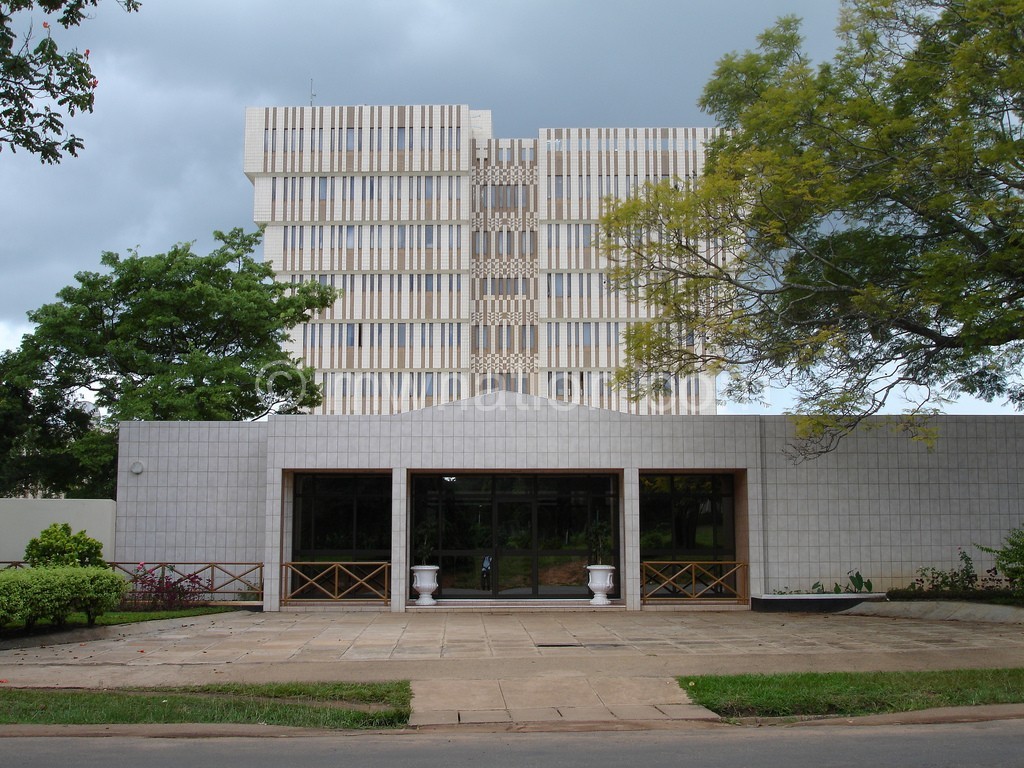RBM touts credit growth
The Reserve Bank of Malawi (RBM) says the steady pick up of annual growth in credit to the private sector is due to the easing monetary policy.
According to RBM recently published figures, private sector credit grew by 17.1 percent year-on-year in June 2019, from 11.8 percent in March 2019 and 2.1 percent in June 2018.

During the first two Monetary Policy Committee (MPC) Meetings this year, the central bank resolved to reduce policy rate cumulatively by 2.5 percentage points from 16 percent in January 2019 to 13.5 percent in April 2019, and again maintained it at 13.5 percent in July in order to support macroeconomic activity.
“During the first two MPC Meetings for 2019, the economic outlook was broadly positive with inflation being projected to continue on its declining trend and agricultural output projected to improve following favourable weather conditions.
“This stance will further support the recent policy easing whose liquidity effects are yet to fully transmit in the economy as well as preserve financial market stability,” reads the July Monetary Policy Report in part.
Despite registering growth, trade experts have faulted the loan distribution to economic sectors, which favours credit to the wholesale and retail sector than other productive sectors.
According to RBM figures, in January, wholesale and retail trade sector continued to represent the largest share of the total private sector credit, at 26.4 percent while agriculture; manufacturing; and community, social and personal services sectors claimed 20.4 percent, 17.9 percent and 10.4 percent of the total outstanding credit stock, respectively.
In February, the largest share of the total private sector credit, at 25.5 percent went to the wholesale and retail trade sector where as agriculture; manufacturing; and community, social and personal services sectors constituted 20.9 percent, 17.7 percent and 11.0 percent of the total outstanding credit stock, respectively.
In March, the distribution of the outstanding stock of private sector credit across the economic sectors remained generally unchanged.
At 26.1 percent, Wholesale and retail trade sector accounted for the largest share of the outstanding stock of total private sector credit, followed by the agriculture sector at 21.5 percent; manufacturing sector at 17.9 percent; and community, social and personal services sector at 11.3 percent.
National Working Group on Trade and Policy chairperson Frederick Changaya observed that while banks have a fertile demand in domestic borrowing by government, increased share of credit to the sector means more imports for the country than exports.
“Once government reduces its appetite to borrow and borrows for a good cause and utilises the borrowing cost effectively, banks will have lower demand; hence they will push for volumes when lending to private sector. Right now they can mark up all they want since they have trapped audience in government securities,” he said.
Changaya observed that industrial activities have more economic synergy, more increasing returns, more employment and rising wages.
Economists had earlier asked authorities not to be carried away by the notable dominance of the wholesale and retail trade sector, saying this translates little to economic growth.
Economic commentator Gilbert Kachamba earlier said while it is not surprising that the wholesale and retail trade sector is dominating loans, this should not be satisfying as almost 90 percent traded merchandise in the retail and wholesale sector is imported. n





